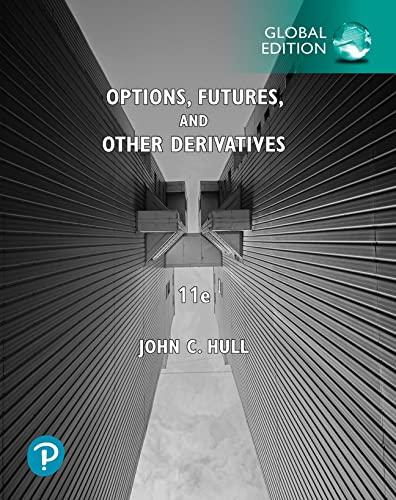Question
1. Ranger Inc. would like to issue new 20-year bonds. Initially, the plan was to make the bonds non- callable. If the bonds were made
1. Ranger Inc. would like to issue new 20-year bonds. Initially, the plan was to make the bonds non- callable. If the bonds were made callable after 5 years at a 5% call premium, how would this affect their required rate of return?
a. There is no reason to expect a change in the required rate of return.
b. The required rate of return would decline because the bond would then be less risky to a bondholder.
c. The required rate of return would increase because the bond would then be more risky to a bondholder.
d. It is impossible to say without more information.
e. Because of the call premium, the required rate of return would decline.
2. Under normal conditions, which of the following would be most likely to increase the coupon rate required to enable a bond to be issued at par?
a. Adding a call provision.
b. The rating agencies change the bond's rating from Baa to Aaa.
c. Making the bond a first mortgage bond rather than a debenture.
d. Adding a sinking fund.
e. Adding additional restrictive covenants that limit management's actions.
3. Which of the following bonds would have the greatest percentage increase in value if all interest rates fall by 1%?
a. 20-year, 10% coupon bond.
b. 20-year, 5% coupon bond.
c. 1-year, 10% coupon bond.
d. 20-year, zero coupon bond.
e. 10-year, zero coupon bond.
4. Assume that all interest rates in the economy decline from 10% to 9%. Which of the following bonds would have the largest percentage increase in price?
a. A 1-year bond with a 15% coupon.
b. A 3-year bond with a 10% coupon.
c. A 10-year zero coupon bond.
d. A 10-year bond with a 10% coupon.
e. An 8-year bond with a 9% coupon.
5. Which of the following bonds has the greatest interest rate price risk?
a. A 10-year, $1,000 face value, zero coupon bond.
b. A 10-year, $1,000 face value, 10% coupon bond with annual interest payments.
c. All 10-year bonds have the same price risk since they have the same maturity.
d. A 10-year, $1,000 face value, 10% coupon bond with semiannual interest payments.
Step by Step Solution
There are 3 Steps involved in it
Step: 1

Get Instant Access to Expert-Tailored Solutions
See step-by-step solutions with expert insights and AI powered tools for academic success
Step: 2

Step: 3

Ace Your Homework with AI
Get the answers you need in no time with our AI-driven, step-by-step assistance
Get Started


